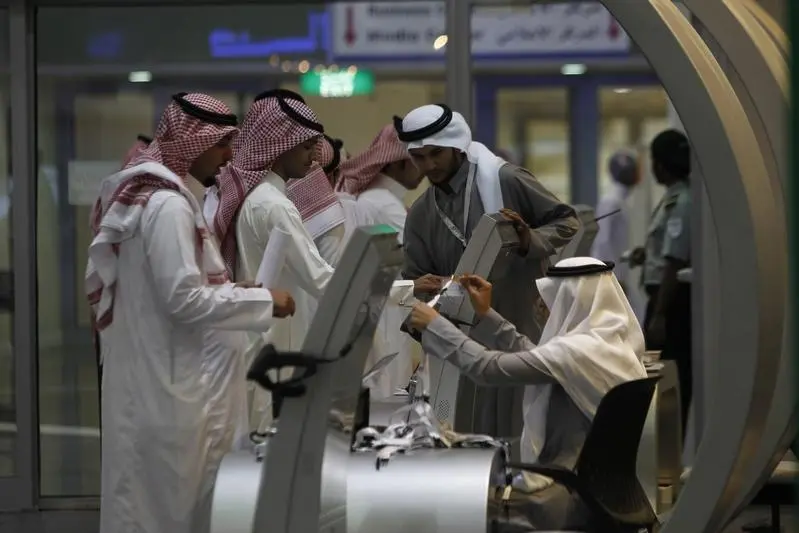PHOTO
JEDDAH — While Saudi Arabia is on the right track to pass the moment of acute economic risk, the Kingdom has to accelerate economic diversification efforts in order to overcome the greater challenge that lies ahead, according to a new ICAEW report. With the working age population expected to grow by close to 2% per year from 2017-2027, creating jobs for new Saudi workers is critical, says the accountancy and finance body. This requires Saudi workers to have skills and wage expectations that are competitive in the global economy as well as companies that compete more intensively for business.
The report ‘Economic Insight: Middle East Q1 2017’, produced by Oxford Economics, ICAEW’s partner and economic forecaster, says Saudi Arabia prioritization of infrastructure spending in the recent budget is positive, but this is already an area in which the economy excels. Other areas, which will require more fundamental changes in attitudes, are more crucial to boosting growth potential.
Saudi Arabia’s infrastructure ranks as the 31st best in the world, just below Ireland and above Norway in the 2017 edition of the World Economic Forum’s Global Competitiveness Index. However, the economy ranks 65th for labor market efficiency (lower than several sub-Saharan African economies), which incorporates metrics such as the link between pay and productivity. In addition, the barriers facing new entrants to business (such as the complexity of starting a new firm and the restrictions on inward FDI) are also amongst the highest in the world, protecting firms from competition and undermining innovation.
Tom Rogers, ICAEW Economic Advisor, and Associate Director of Oxford Economics, said: “Now is the time to action Vision 2030. Saudi Arabia must improve its labor market efficiency and business environment. Even though it looks as though the moment of acute economic risk has passed, long run growth can only be sustained through efforts to diversify the economy.”
The economic outlook in Saudi Arabia remains heavily influenced by the global oil market – both in terms of domestic production and investment in the sector, but also through the role of oil exports in financing imports for consumption and non-oil business, and through funding government expenditures.
The report warns oil prices will not rise significantly due to the expected rise in global production, especially from US shale producers who are responding to stabilizing prices by increasing drilling activity. Brent crude is forecast to average $52 per barrel in 2017 and 2018, before a more vigorous acceleration from 2019 onwards.
Michael Armstrong, FCA and ICAEW Regional Director for the Middle East, Africa and South Asia (MEASA), said: “While lower oil GDP is of course not a good news for Saudi Arabia, this has outweighed a modest rebound in non-oil activity. The government has successfully issued a $17.5 billion international bond in late 2016 and raised finance outside the Kingdom.
Overall the direction of economic momentum is shifting in Saudi Arabia, but to a limited degree. Infrastructure spending remains, but is expected to fall by around 6% in 2017 as the government rationalizes its wage bill and the military.”
The Kingdom’s non-oil GDP is expected to grow by 1.8% in 2017 – a welcome rebound after growth of just 0.2% in 2016. More positively, as the government makes progress on tackling the budget deficit and financial conditions ease further, non-oil GDP growth can pick up – to 3.2% in 2018, and 4% thereafter. Alongside stronger global oil demand, this will be enough to take overall GDP growth back towards 3% per year from 2018.
On a regional level, the outlook for Middle Eastern economies remains challenging in 2017, due to continued uncertainty in the global oil market, ongoing austerity, and the need to diversify government revenues and economic growth. GDP in GCC is expected to ease from 2% in 2016 to 1.1% in 2017, the weakest since the global financial crisis.
© The Saudi Gazette 2017












